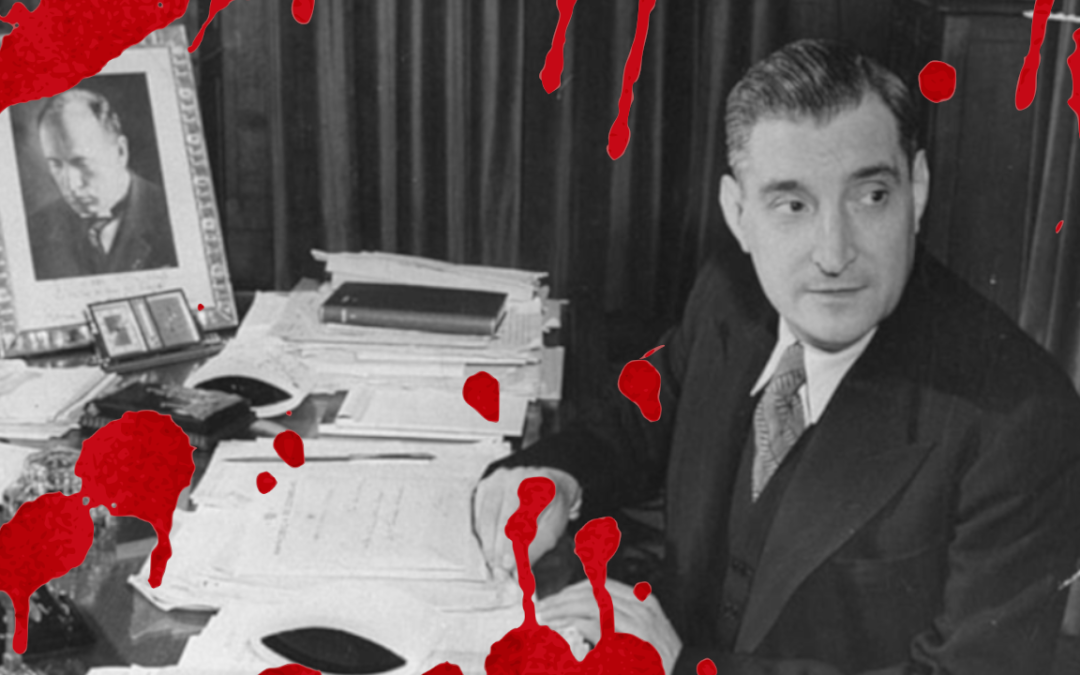World leaders tend to be judged by how their accomplishments measure up to others. It’s all relative, you see. It was always going to be difficult for Lyndon Johnson to follow John F. Kennedy. For Anthony Eden to follow Winston Churchill. So too is this true for unelected leaders, for dictators. There are countless tyrants who remain almost forgotten by history, their crimes and cruelties overshadowed by those more well known. Countless lesser known dictators, who in the shadows have all but avoided the notoriety their names deserve. Yet their stories are just as fascinating. So in this article we look at ten lesser known dictators you might find interesting.
10 Zog I of Albania – Albania
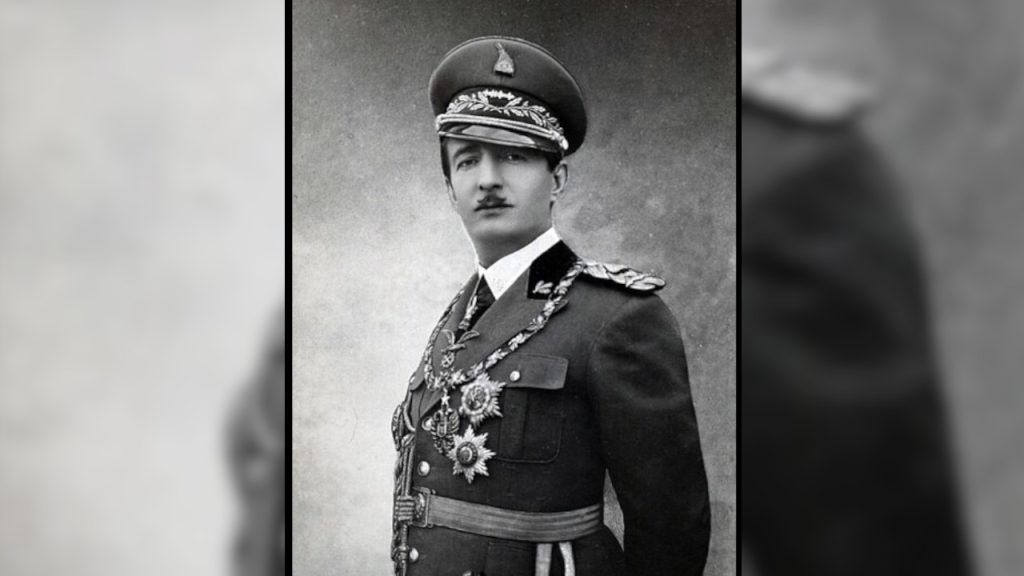
First on our list of lesser known dictators is the last king of Albania. Born into a noble family when Albania was still ruled by the Ottoman Turks, his father was governor of a wealthy region. So when Albanian patriots declared independence in 1912, the young Zog was heavily involved. Then, with the outbreak of world war one, he fought with the Austrian army. Surviving that, he became a politicians, only to be shot and wounded in the Albanian parliament. Also surviving this, he was forced to flee Albania. But Zog soon returned, and with the support of foreign mercenaries, siezed power. Zog first became prime minister, a position he brutally abused in almost every way. Neither freedom nor civil liberty stood a chance, and just a few years later, Zog also made himself President.
Then after forging an alliance with Fascist Italy, declared himself king. And so Zog became the last King of Albania. In 1939 Mussolini broke the agreement, annexing Albania under the authority of the Italian king. Even after the fortunes of war shifted and Italy was forced to renounce their claim to Albania, Zog was unable to return. Albania fell under communist rule and Zog I of Albania died in France decades later.
9 Mengistu Haile Mariam – Ethiopia
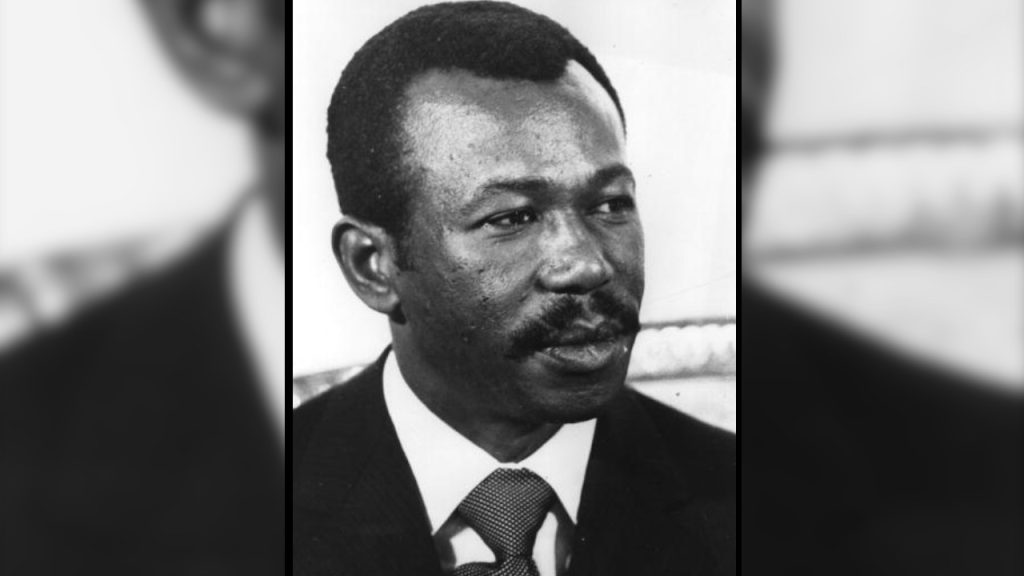
Don’t be fooled by his majestic name, Mengistu was a monster. In 1974, a coup backed by the Soviet Union forced the emperor of Ethiopia to give up his throne. In a single day, a 700 year old monarchy was toppled. What followed was an autocratic socialist state known ominously as the Derg. Head of the Derg was Mengistu Haile Mariam, a ruthless man willing to achieve socialism at any cost. But Ethiopia at the time was a backwards state – perhaps the last feudal economy on earth, and all attempts to modernize failed. Any resistance or political opposition was suppressed, often by violent means. As you’d expect, the economy tanked, food production went down, and instability reared it’s head at every layer of society. As if that wasn’t bad enough, a terrible drought gripped Ethiopia going into the early 1980s, triggering one of the worst famines in history.
International aid flooded in, but Mengistu seized and horded the supplies. Why would he deny food to a starving population? Well by this point a civil war had broken out. Rebel groups posing a serious threat to the government, starvation was just another tool in Mengistu’s arsenal. Not only would this weaken the opposition, it would show the population that only he can save them – at least in theory. This tactic in particular won him the ire of the international community. But with the Soviet Union keen to support a key ally in Africa, Mengistu Haile Mariam was able to hold on to power until 1991. Tragically, though, he was not the last of the lesser known dictators in the Horn of Africa.
8 Getúlio Vargas – Brazil
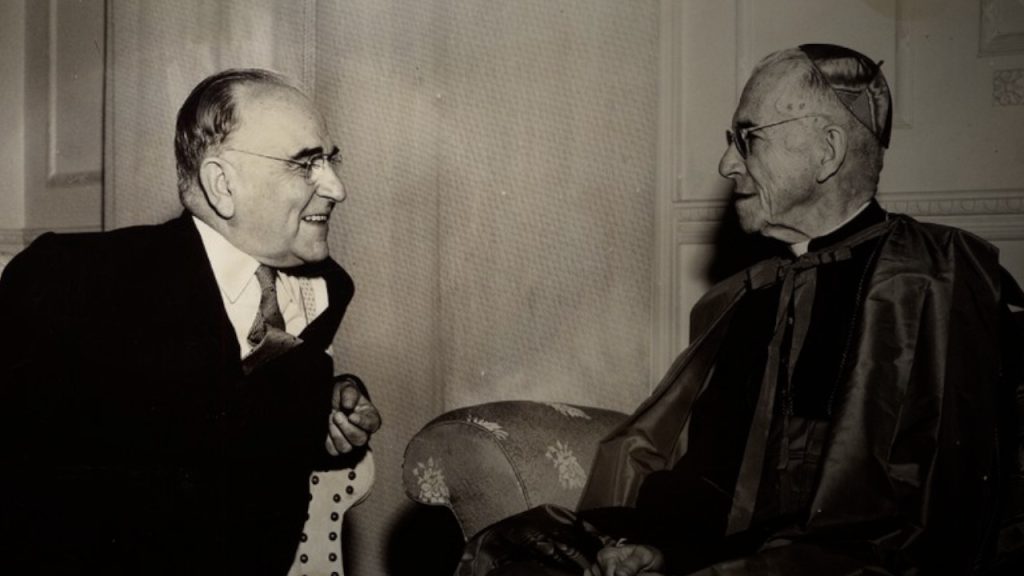
Getúlio Vargas is one of just a few dictators who successfully became democratic leaders some time later, an incredible story. Raised in a wealthy and well connected family, he began his career as the classic lawyer-turned-politician. But after losing the 1930 presidential election, he was swept into power by an armed uprising. This was possible only because of the state of . For decades by that point, Brazilian politics had been dominated by a handful of oligarchs. It was a democracy, sure, but it did not always feel that way. So when push came to shove, few Brazilians were willing to actually defend the status quo. So with little opposition, Getúlio Vargas assumed the presidency.
It soon became evident he was not entirely prepared for office. Vargas had no experience in governing a state, and with this being the age of the Great Depression, chaos ensued. There was little coherence. Little stability. To survive, this new government had to shift ideology multiple times in order to appease the changing political alliances. In the end they settled on a strange blend of nationalism and corporatism. Despite this, Getúlio Vargas had a certain populist appeal which largely allowed him to overcome crises. Such crises included communist uprisings and military coups – but with Vargas being seen as a safe pair of hands, the balance of power always shifted in his direction. As such, Vargas’ rule lasted until 1945 when he was deposed by the army.
But unlike most dictators, he was neither imprisoned nor forced into exile. Underestimated once more, he was soon elected senator. Then in the election of 1950 he won 48 percent of the vote, more than enough to once again become president of Brazil. It was a phenomenal victory… but a short lived one. In 1954 Getúlio Vargas took his own life. Tired from the years of turmoil, it was a perfect storm of political and personal problems that pushed him over the edge.
7 António de Oliveira Salazar – Portugal

People tend to forget that Portugal was a dictatorship until 1974. Up until that point, the country was ruled by a totalitarian government known as the Estado Novo, the new state. Since 1933 it had ruled over not only mainland Portugal, but a considerable global empire. This included vast lands in Africa, which starting in 1961 was the scene of a massive struggle for independence. In an era other European powers were gradually loosening the ties on foreign territories, Portugal was fighting mercilessly to keep control of theirs.
Running things for much of this period was António de Oliveira Salazar. Starting off as a professor of economics, he was invited into government by another dictator in 1926. Through careful planning he balanced the national budget, gaining more influence and respect as time went on. Then by 1932 he was powerful enough to assume the President of the Council of Ministers. This essentially gave him the powers of a Prime Minister and a President, all rolled into one. So from that moment until 1968, Portugal was little more than a possession of Salazar’s.
Unusually for a dictator, though, he demilitarized government. And in comparison to the inherently militaristic ideologies he opposed – socialism and fascism – he seemed almost moderate. Instead of force, Salazar ruled primarily through non partisanship and a blatant embrace of Catholic nationalism. Through this, and his skillful avoidance of world war two, his government was able to live on into the 1950s. And from then on, Portugal began to experience explosive economic growth. Only after falling into a coma in 1968 was he removed from power. The Estado Novo collapsed four years later thanks to a non violent revolution.
6 Michel Micombero – Burundi
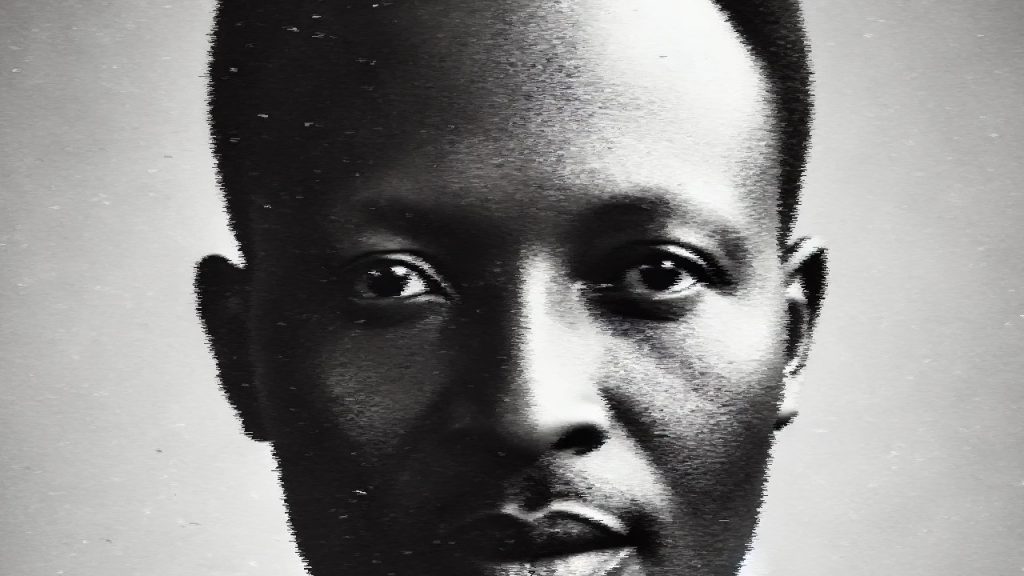
The entire country of Burundi is relatively unknown outside of West Africa. In many ways it is similar to it’s neighbour Rwanda, being majority Hutu. Despite this, Burundi had for most of it’s history been ruled over by dictators from the Tutsi minority. Much blood has been shed over that fact. It’s just we hear about it less than the case of Rwanda. Most notorious of the Burundi lesser known dictators is Michel Micombero. He was a military officer at the time Burundi gained it’s inpendence from Belgium, a classic starting point for dictators of his generation. At the time, Burundi was a monarchy, led by a Tutsi monarch. A fierce ethno-nationalist, Micombero defended the monarchy against a Tutsi uprising in 1965. Strangely though, he would later launch his own coup, overthrowing the monarchy and declaring himself president.
Newly minted in his dictator status, Micombero ran a one party authoritarian state. He brutally suppressed any political opposition and did little to improve the financial position of his people. Not only did he turn a blind eye to ethnic violence target toward the Hutu majority, he actively discriminated against them. One example of this was the introduction of new height a weight requirements for army recruitment. Given that Tutsi were typically taller and thinner than the majority, this effectively barred Hutu from joining the military. A president can only get away with that kind of thing for so long, and in 1972 there was a Hutu uprising. A fair amount of territory was captured by rebel militias, and more than a thousand Tutsi killed.
So when Micombero’s forces successfully quashed the uprising, everyone knew there was going to be a price to pay. That price was a genocide in which at least 100 thousand were slain.
5 Klement Gottwald – Czechoslovakia
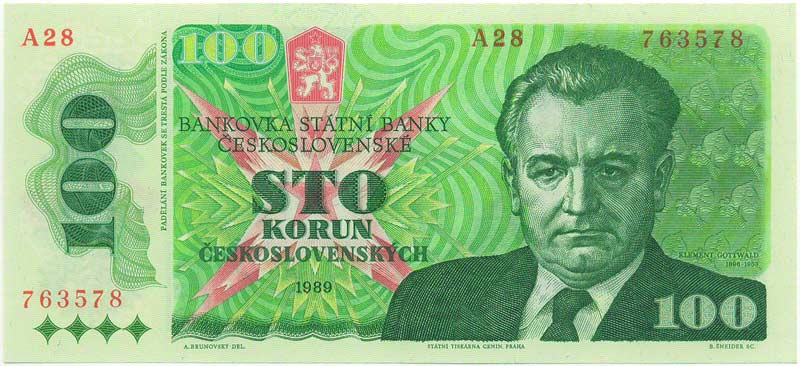
Many lesser known dictators came to power in the aftermath of world war two. The fall of Germany and the Soviet seizure of half of Europe was a breeding ground for new tyrants. It’s just that they were overshadowed by others. Sandwiched between Stalin and Hitler, you see. Among them was Klement Gottwald. Born into a poor family, this journalist turned communist party activist had to flee Czechoslovakia in 1938. After the war a puppet state was installed in Czechoslovakia by the Soviets, as it was in other nations. And it was not long before Klement Gottwald was chosen as it’s first leader.
In line with other communist dictators, he took direct inspiration from Joseph Stalin. As such, political opponents were arrested. Show trials in which the outcome was pre-determined were staged. Even fellow long time communist party members were not free from the tyranny. Many of which were executed on Gottwald’s orders. With a firm grip on power, you might have expected him to rule over Czechoslovakia for decades. But Klement Gottwald was a self destructive alcoholic. In after attending Stalin’s funeral, he suffered a burst artery. Five days later he passed away – a fittingly slow and painful death caused in part by untreated syphilis.
4 Chun Doo-hwan – South Korea
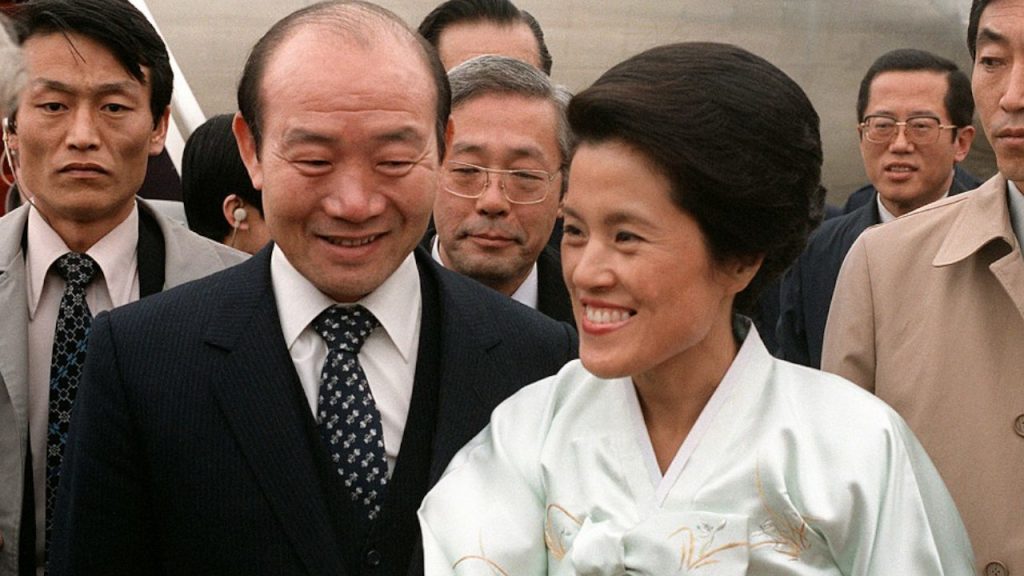
North Korea is far from unique in her brutal past. Until 1987, South Korea was also a military dictatorship. Last to wield power within that dictatorship was Chun Doo-hwan. Before him was the notorious Park Chung Hee, who in 1979 was assassinated by his own chief of security. Just forty seven days later, the new military dictator was overthrown by a hard line group of army officers. Leading them, and securing the position as President of South Korea, was Chun Doo-hwan. Just as brutal as those before him, Chun made liberal use of political violence. In fact, he even opened up a concentration camp within a year of assuming office. In a matter of months, more than 40 thousand people were taken here for hard labor, usually without trial.
Interestingly, Chun abolished all political parties, even that which had ruled until his coup d’état. Instead of relying on a party apparatus, he had the powers of government almost entirely vested within the presidency. Uncharacteristically of a tyrant, though, he outlawed torture and showed little signs of cruelty. He also ended South Korea’s nuclear weapons program, and introduced a newer, more liberal constitution. This combination of relative liberalism and stern political repression allowed Chun to remain in power for the best part of a decade.
The summer of 1987 saw a huge protest movement erupt in towns and cities across South Korea. Largely peaceful in nature, the demonstrators wanted democracy, and they wanted it now. So widespread were protests that Chun Doo-hwan actually gave in. This was partly to avoid a violent crackdown in the lead up to South Korea’s hosting of the Olympics in 1988. But he also hoped his chosen successor, Roh Tae-woo, could win a presidential election. This hope turned out to be correct. But shortly after Roh left office in 1993, the pair were arrested and found guilty on corruption charges.
3 Konstantin Chernenko – Soviet Union
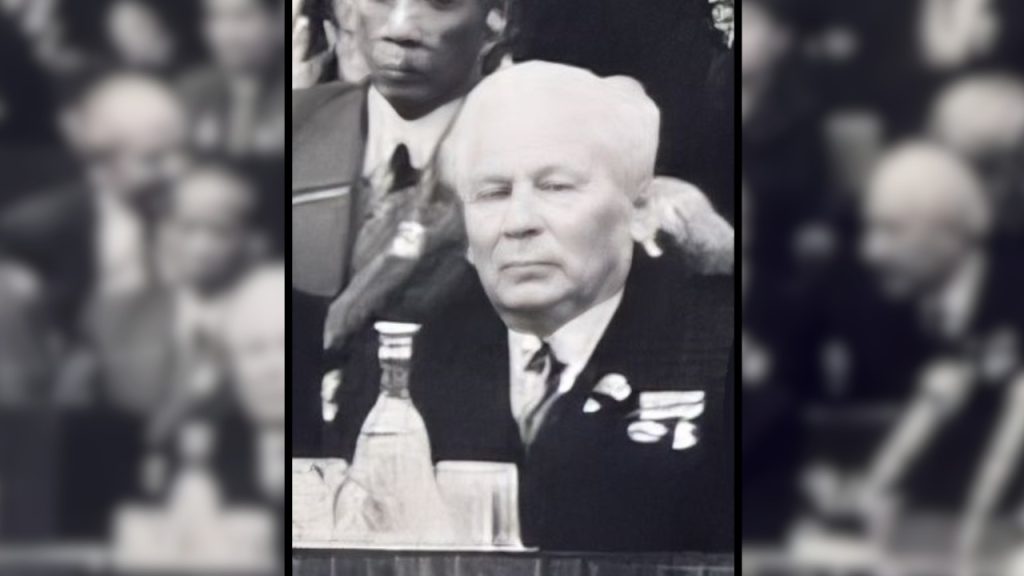
While Joseph Stalin is a globally recognizable name, this can not be said for all of his successors. One of the lesser known dictators of the Soviet Union is Konstantin Chernenko. Born into poverty in Siberia, he joined the communist youth league on turning 18. From there he built a career in the propaganda wing of the party. Slowly he ascended through the beaurocratic ranks of the Soviet Union. Shortly after world war two, he worked with and befriended Leonid Brezhnev, who in 1964, siezed total power over the government. This power grab was Chernenko’s ticket to the big league. As Brezhnev’s chief of staff, he was essentially the official caretaker of the Central Committee. This not only meant he could set the agenda for meetings, but allowed him to literally spy on other members.
As such, he continued to rise to prominence within the party. Yet after Brezhnev’s death in 1982, he was not the immediate successor. Only after the death of another ruler, the ageing Yuri Andropov, did Chernenko take up the position of General Secretary. Andropov was actually younger than Chernenko, and he was understandably reluctant to replace him. Yet replace him he did. His reign was even shorter though, and during the 13 months he spent in power, health issues prevented him from doing much at all. Then, on the 10th of March 1985, Konstantin Chernenko died.
2 Hugo Banzer – Bolivia
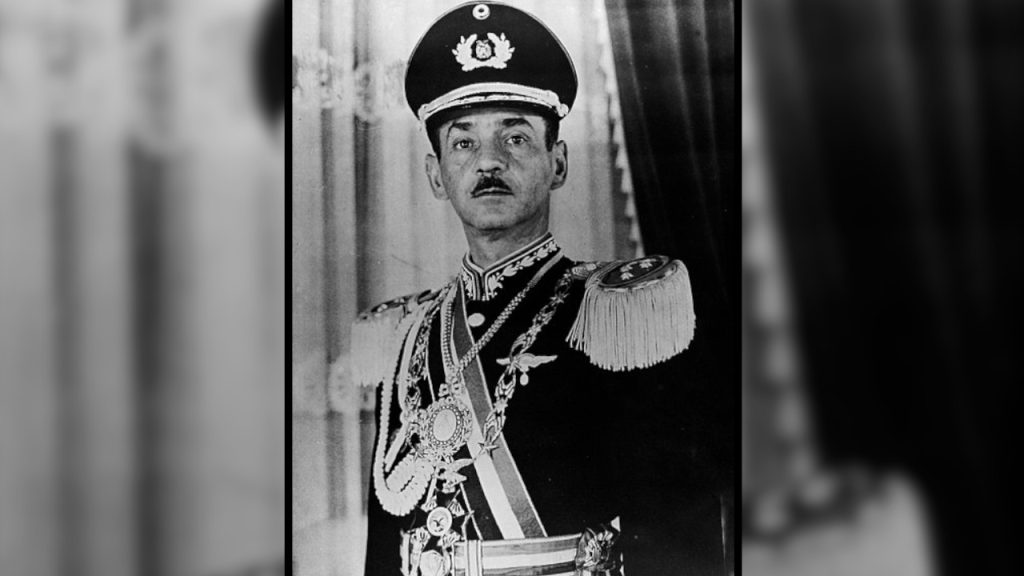
A lot of lesser known dictators were Bolivian. Named after Simon Bolivar, himself a militaristic strongman ruler, the landlocked mountainous nation has long suffered under tyranny. Democracy first died in Bolivia in 1964, when a military Junta assumed total control of civilian politics. What followed was a series of coup d’états, each one bringing a new dictator to power. Among them was Hugo Banzer, a Colonel in the Bolivian army who through the 1960s became increasingly radical politically. By mid 1971, Bolivia was ruled by the socialist dictator Juan José Torres. This really did not sit well with the more right wing faction of military officers. So a group of them, led by Banzer, overthrew Torres in August. It being the height of the cold war, Banzer enjoyed full support from the United States, even as he began murdering political rivals.
Soon, he joined with other right wing dictators in Latin America to form Operation Condor. A loose yet formal collaboration, it saw tyrannical governments across the region pool resources to crush left wing political dissidents. For an example just look at Banzer’s former political rival. On losing control of Bolivia, Juan José Torres fled to Argentina. At the time, Argentina was viewed as stable and relatively safe for political exiles. But in 1976 the brutish Jorge Videla seized power. It was he who established Operation Condor, and in short time, Torres was executed. This is just one of countless of such stories. Back in Bolivia, Banzer granted asylum to the notorious Nazi Gestapo chief Klaus Barbie. Barbie was even given Bolivian citizenship and a job in the armed forces. Such was the ruthlessness of Hugo Banzer.
But it wasn’t all repression. Being on the comfortable side of the Cold War, foreign debt was easy to raise. And so, all manner of vanity project was commenced. The long term economic value of such projects is debatable, but it provided much needed employment for the people of Bolivia. The nation thus enjoyed a rare stability for a South American nation in the 1970s. Despite this, yet another coup unfolded in 1978, and Banzer was forced out of office. Surprisingly, though, they allowed him to remain active in civilian politics.
1 Enver Hoxha – Albania
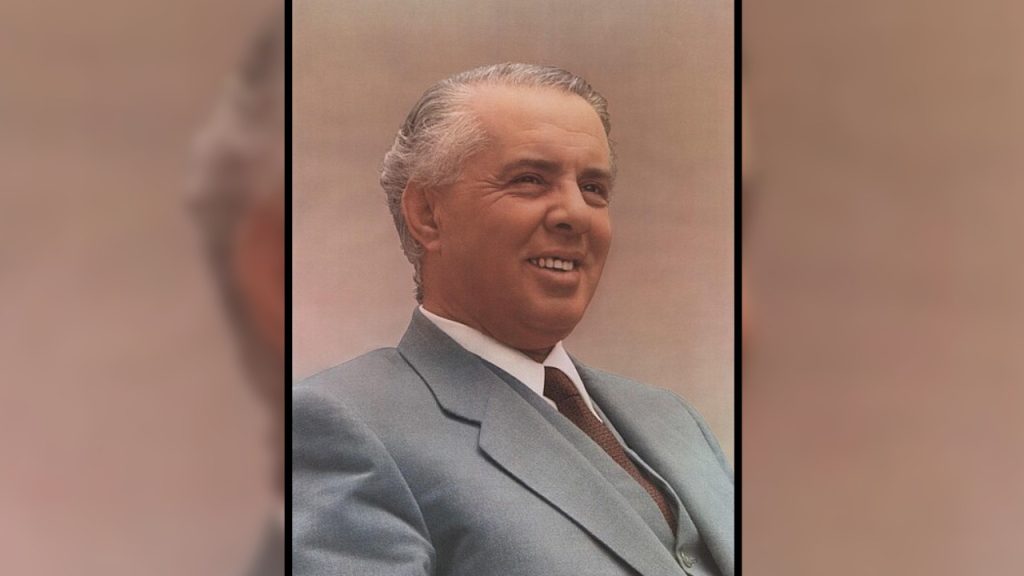
Given that we started this list of lesser known dictators in Albania, it seems fitting that we end it here also. As mentioned before, king Zog was never able to regain the throne of Albania. That’s because Albania fell under communist control in 1944. Since Albania was an absolute monarchy up until that point, there was little political opposition to stand in their way. So with support from the Soviet Red Army and communist Yugoslav forces, Enver Hoxha was swept into power. Modelling himself of Stalin, Hoxha’s government did everything possible to consolidate power. Assets was seized from the traditional land owning classes, and any who resisted faced the death penalty. All religious institutions were abolished, and state atheism fiercely enshrined in law.
In some ways he actually took things further than Stalin, giving himself the power of all government ministries. In truth, it was a one man state, rather than a one party state. Enver Hoxha was a deeply paranoid man. Moving towards isolationism after the death of Stalin, he was terrified of an invasion from Yugoslavia. So he had 750 thousand bunkers and fallout shelters built across Albania. Considering the population at the time was around 3 million, that’s quite the construction project. Still, Hoxha was effective enough to stay in office for 41 years, until his death in 1985.

